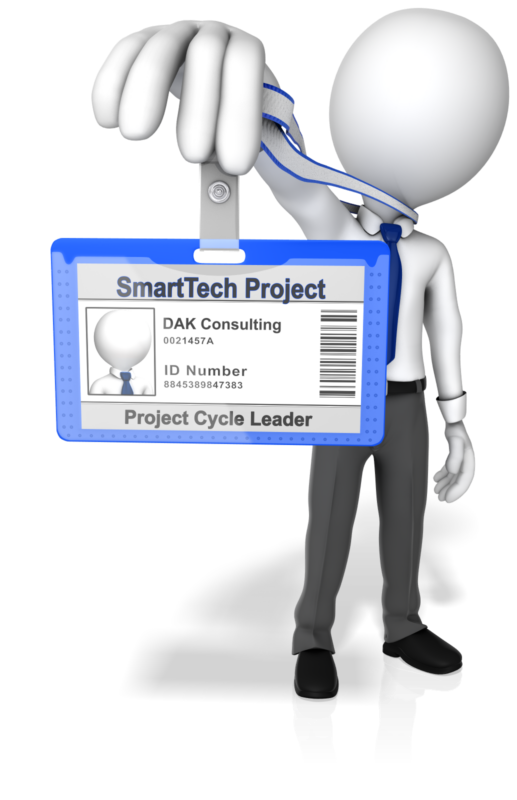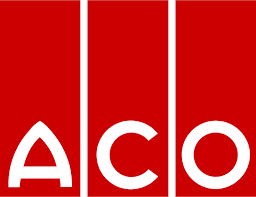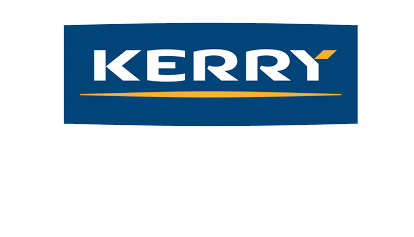
- Details
- Category: Blog
Delivering gains from Smart Technology assets such as Robots, Cobots or 3D printing will involve linking up with and adapting existing systems, processes and ways of working. As a result, the implementation of Smart Technology projects includes the evolution of the current management ecosystem to adapt to the new technology.
For that reason Smart Technology projects benefit from strong links with day to day activity as part of the project process.
This differs from the traditional approach where project workflows are carried out separately from day to day activities and cease after installation and commissioning are complete.
The link with day to day operation post installation is essential to support the systematic evolution of the Digitised Ecosystem using real time data to confirm and refine ideas know as “Use Cases”.
Furthermore, the lack of this type of holistic approach is a common cause of failed Smart Technology applications.
Smart Technology Projects are a journey not a destination. To thrive and grow in this environment involves developing the internal capability to:
- Identify opportunity,
- Develop proof of concept,
- Link up with and adapt internal legacy processes to take advantage of the enhanced connectivity.
Developing Technology Leadership Skills
As part of that journey, an important Leadership role is Envisioning how the enhanced connectivity that Smart Technology delivers, can change the way the business operates.
For example, before Digitisation, the daily reporting routine in one food a drink manufacturer involved collation of information from 10 separate systems. That took up 90 minutes of First Line Manager activity per shift to transcribe data and manipulating using spreadsheets.
Digitisation removed the need to do that and changed the focus from collecting data to using that data to develop the insight to improve future performance.
It also changed the nature of the conversations between First Line Managers and their teams from finding the guilty to problem prevention. The outcome was improved problem ownership and a significant improvement in Line Effectiveness.
Recognising the potential in advance and leading the organisation to achieve better involves engaging users with activities to link up the physical and digital worlds to provide:
- Real time feedback to highlight the early signs of lost effectiveness,
- Data to highlight patterns of cause and effect using advances in Machine Learning, Systems Models and Artificial Intelligence,
- Rapid feedback on the efficacy of countermeasures,
- Support for skill development to apply those countermeasures and confirm compliance.
It is only with that foresight that organisations are able to remove pain points and tap into the gains from machine learning and Artificial Intelligence.
However without the Leadership Envisioning skills, that isn't going to happen. As one of the participants on our Embracing Technology course commented.
"When you don't know what you don't know its difficult to see the wood for the trees."
Contact us for more about how we can help your project to deliver the potential gains from investments in Smart Technology.








